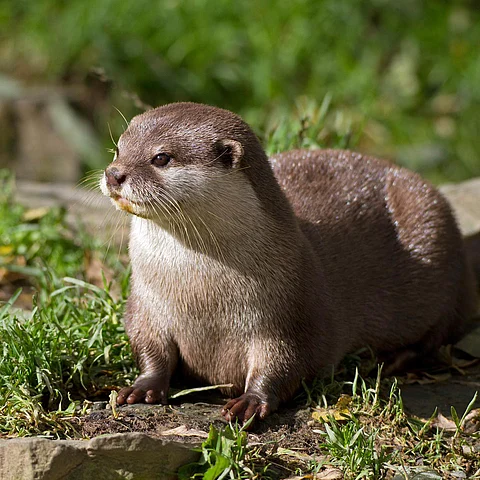
- Destinations
- Experiences
- Stay
- What's new
- Celebrating People
- Responsible Tourism
- CampaignsCampaigns
- Subscribe
- Buy Now

In a heartening discovery for wildlife enthusiasts and conservationists, the elusive Eurasian otter (Lutra lutra) — locally known as Wuddar — has been spotted in a tributary of the Lidder River near Srigufwara in Bijbehara, South Kashmir. Once believed to be extinct in the region, this rare sighting marks a significant moment for Jammu and Kashmir’s freshwater habitats.
The Eurasian otter is a semi-aquatic mammal and a keystone species in river ecosystems. Its presence is an indicator of clean water and healthy aquatic biodiversity. The otter’s return to Kashmir signals a potential revival of riverine health in a region facing challenges like habitat fragmentation, pollution, sand mining, and unchecked construction.
The species is listed as “Near Threatened” by the International Union for Conservation of Nature (IUCN), largely due to the loss of wetlands, shrinking prey base, water pollution, and poaching for fur. Its reappearance in Kashmir offers both ecological optimism and an urgent call for sustained conservation.
The recent sighting near Bijbehara is not an isolated event. Over the past year, otters have been reported in:
Chenab River
Rambiara stream in Shopian
Gurez Valley in Bandipora, a remote, glacier-fed area near the Line of Control
These diverse locations, from alpine valleys to temperate streams, suggest that pockets of healthy habitat persist — or are slowly being reclaimed by the species.
Otters play a vital role in maintaining the balance of freshwater ecosystems. They help regulate aquatic populations and promote biodiversity by preying on fish and invertebrates. Their presence also reflects minimal chemical pollution and stable water flow — two aspects critical to sustaining Kashmir’s rivers, many of which are under climate change and human activity stress.
Protecting otters in Kashmir means protecting the rivers themselves — which supports agriculture, drinking water, and livelihoods for local communities.
Eurasian otters are elusive but can still be found in select pockets of India, including:
Western Ghats – especially in parts of Karnataka and Kerala
Himalayan foothills – such as Uttarakhand and Himachal Pradesh
Goa – in undisturbed forest streams
North East India – particularly Arunachal Pradesh
Parts of central India – especially in well-preserved river stretches like the Chambal
